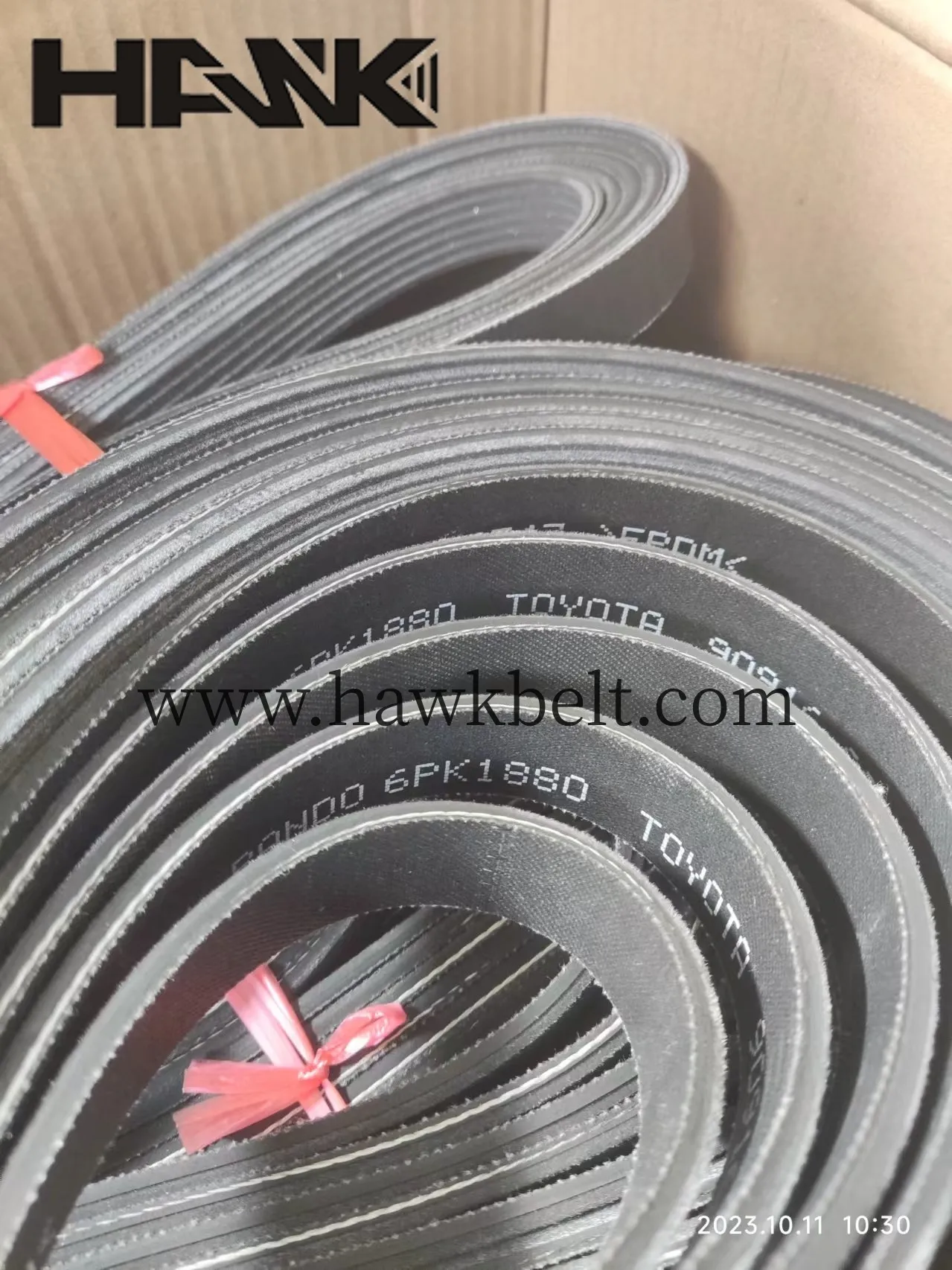- Arabic
- French
- Russian
- Spanish
- Portuguese
- Turkish
- Armenian
- English
- Albanian
- Amharic
- Azerbaijani
- Basque
- Belarusian
- Bengali
- Bosnian
- Bulgarian
- Catalan
- Cebuano
- Corsican
- Croatian
- Czech
- Danish
- Dutch
- Afrikaans
- Esperanto
- Estonian
- Finnish
- Frisian
- Galician
- Georgian
- German
- Greek
- Gujarati
- Haitian Creole
- hausa
- hawaiian
- Hebrew
- Hindi
- Miao
- Hungarian
- Icelandic
- igbo
- Indonesian
- irish
- Italian
- Japanese
- Javanese
- Kannada
- kazakh
- Khmer
- Rwandese
- Korean
- Kurdish
- Kyrgyz
- Lao
- Latin
- Latvian
- Lithuanian
- Luxembourgish
- Macedonian
- Malgashi
- Malay
- Malayalam
- Maltese
- Maori
- Marathi
- Mongolian
- Myanmar
- Nepali
- Norwegian
- Norwegian
- Occitan
- Pashto
- Persian
- Polish
- Punjabi
- Romanian
- Samoan
- Scottish Gaelic
- Serbian
- Sesotho
- Shona
- Sindhi
- Sinhala
- Slovak
- Slovenian
- Somali
- Sundanese
- Swahili
- Swedish
- Tagalog
- Tajik
- Tamil
- Tatar
- Telugu
- Thai
- Turkmen
- Ukrainian
- Urdu
- Uighur
- Uzbek
- Vietnamese
- Welsh
- Bantu
- Yiddish
- Yoruba
- Zulu
Oct . 08, 2024 23:18 Back to list
Understanding the Importance of Engine Fan Belts in Vehicle Maintenance
Understanding the Engine Fan Belt Its Function and Importance
The engine fan belt, often referred to as the serpentine belt or accessory belt, is a crucial component in a vehicle's engine system. It is a long, continuous loop that plays a significant role in powering various engine accessories, primarily the cooling system's fan, alternator, power steering pump, and air conditioning compressor. This article will explore the function, importance, and maintenance of the engine fan belt.
Function of the Engine Fan Belt
The primary function of the engine fan belt is to transfer power from the engine's crankshaft to the various accessories. As the engine runs, the crankshaft rotates, driving the fan belt along with it. This motion powers the fan that cools the engine, ensuring it does not overheat, particularly during hot weather or under prolonged heavy use. Additionally, the belt drives the alternator, which generates electricity to recharge the battery and power the vehicle’s electrical systems. The power steering pump is also dependent on the belt, allowing the driver to steer more easily by providing hydraulic assistance. Lastly, the engine fan belt powers the air conditioning compressor, allowing for a comfortable driving experience regardless of external weather conditions.
Importance of the Engine Fan Belt
The engine fan belt is vital for the smooth operation of a vehicle. If the belt were to fail, the consequences could be severe. An overheating engine could lead to extensive damage and costly repairs, as the cooling system would stop functioning effectively without the fan’s assistance. Furthermore, the vehicle's electrical systems could fail due to a lack of power, and steering could become laborious without hydraulic assistance. Thus, maintaining the integrity of the fan belt is essential for a safe and reliable driving experience.
engine fan belt

Signs of a Worn or Damaged Fan Belt
Over time, like any mechanical component, the engine fan belt can wear out or become damaged. Regular inspection is crucial to catch any issues before they lead to failure. Some signs of a failing fan belt include a squeaking or squealing noise when the engine is running, fraying or cracking visible on the belt itself, and loss of power steering or air conditioning functions. If the battery warning light appears on the dashboard, it could also indicate a problem with the belt since the alternator may not be receiving adequate power.
Maintenance and Replacement
To ensure the longevity of the engine fan belt, regular maintenance is essential. This includes periodic inspections, particularly at scheduled service intervals. Most manufacturers recommend replacing the fan belt every 60,000 to 100,000 miles, but this can vary depending on the vehicle and driving conditions. If any wear signs are observed, it is wise to replace the belt immediately to prevent potential engine damage.
In conclusion, the engine fan belt is a vital component of any vehicle, responsible for powering essential accessories that ensure safe and comfortable driving. Understanding its functions, importance, and signs of wear can help drivers maintain their vehicles effectively and avoid unexpected breakdowns. Regular inspections and timely replacements will contribute to the overall performance and longevity of the engine, making it crucial for vehicle owners to remain vigilant about this often-overlooked part.
-
Durable Tooth Belts: Precision Power for Poly V Belt Drives
NewsAug.08,2025
-
Reliable Diesel Engine Belts & Tensioners for Optimal Performance
NewsAug.07,2025
-
23100-KVB-901 Drive Belt for Honda VARIO | OEM Performance
NewsAug.06,2025
-
Variable Belt Drive AI Optimized for Efficiency
NewsAug.05,2025
-
High-Quality Tensioner Belt Pulley - Durable & Efficient
NewsAug.03,2025
-
Premium Timing Belt Factory | AI-Optimized Solutions
NewsAug.02,2025

